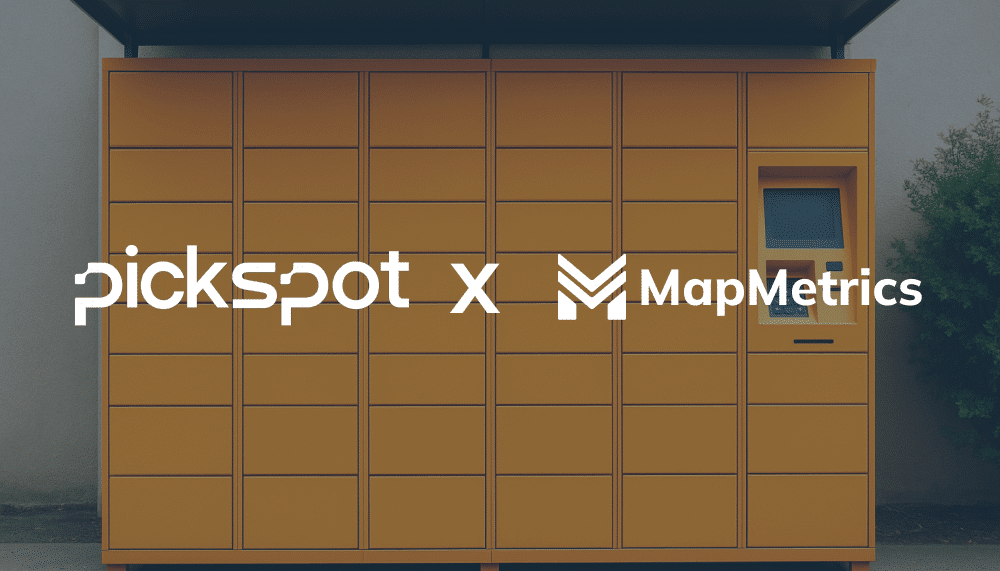
How Navigation Apps Provide Live Traffic Updates on the Road
Being stuck in traffic is one of the most frustrating experiences for drivers, but modern navigation apps have made it easier than ever to avoid congestion and find the fastest routes. Whether you’re commuting to work, heading out on a road trip, or navigating unfamiliar streets, these apps continuously provide live traffic updates, helping drivers stay informed about road conditions in real time. But have you ever wondered how they do it?
This article delves into the fascinating technology behind navigation apps like Google Maps and MapMetrics, exploring how they gather and process data to deliver live traffic updates that keep you moving smoothly on the road.
Crowdsourced Data: The Power of User Participation
One of the key methods navigation apps use to provide live traffic updates is by collecting data from their users. When drivers use these apps, their smartphones or GPS devices constantly transmit location data to the app’s servers. This data includes information about the vehicle’s speed, direction, and location.
As thousands or even millions of drivers on the road use the app simultaneously, the system can piece together a clear picture of traffic flow across a wide area. For instance, if a large number of vehicles slow down or come to a standstill on a particular stretch of road, the app interprets this as a traffic jam and updates the map accordingly with a live traffic update.
This crowdsourced data is particularly valuable because it offers real-time insight into what’s happening on the roads, allowing apps to quickly adjust route recommendations based on the latest information. In addition, crowdsourced data is continuously refreshed, ensuring users have the most up-to-date information available.
Example: MapMetrics’ Approach to Crowdsourced Data
MapMetrics, a Web3 navigation app, takes this approach a step further by rewarding users for contributing their data. Users are incentivized to share live traffic information while they navigate, and in return, they receive rewards in the form of crypto tokens. This not only encourages widespread participation but also ensures the accuracy and reliability of the data collected, as more users on the platform contribute to real-time traffic insights and live traffic updates.
Government and Third-Party Data: Adding an Extra Layer of Accuracy
While crowdsourced data is a powerful tool for live traffic updates, navigation apps often supplement it with data from government sources and third-party providers. This can include information about planned road closures, construction zones, and major accidents that may not immediately appear in crowdsourced data.
For example, many governments use sensors embedded in roads, traffic lights, and highways to monitor traffic flow. These sensors provide detailed, real-time information about congestion, average speed, and even weather conditions affecting the roads. This data is often made available to navigation apps via public feeds or private partnerships with transportation agencies.
Third-party providers like HERE Technologies and INRIX also gather traffic data from a wide range of sources, including camera feeds, traffic sensors, and fleet vehicle data, and then sell this information to navigation apps. By combining this professional-grade traffic data with crowdsourced user data, navigation apps can offer a more accurate and comprehensive picture of live traffic updates.
Historical Data: Predicting Traffic Patterns
Another important tool for navigation apps is historical data. By analyzing years of traffic patterns, apps can predict how traffic is likely to behave at certain times of the day or week. This predictive data is based on the behavior of traffic flow during similar conditions in the past—whether it’s rush hour on a Monday morning or a quiet Sunday afternoon.
For instance, apps may know that certain highways always experience congestion between 9:00 AM and 11:00 AM on weekdays due to commuter traffic. Even if there’s no current slowdown on the road, the app might suggest alternate routes preemptively based on past data. This helps drivers avoid potential delays before they even occur.
Although historical data doesn’t always predict unusual events (like an unexpected accident), it’s still a valuable tool in ensuring that the app makes accurate recommendations for everyday traffic conditions.

Sensor and Camera Data: A Direct Line to Traffic
In addition to user-provided and third-party data, navigation apps also leverage real-time information from traffic sensors and cameras positioned along key roadways. Many major cities and highways are equipped with a network of sensors that monitor traffic speed, volume, and road conditions. These sensors are usually embedded in the road itself or placed on traffic lights, bridges, and tunnels.
Traffic cameras, which monitor major intersections and highways, offer visual confirmation of congestion, accidents, or hazards. In many cases, governments and municipalities provide navigation apps with access to this live feed data, allowing them to verify traffic conditions or detect incidents as soon as they occur.
This sensor and camera data can be particularly helpful for apps when confirming reports from user data, as it provides an additional layer of accuracy. When combined with other sources of information, these feeds offer a robust real-time understanding of traffic on the ground.
User Reports: Direct Input from Drivers
Another critical way navigation apps update live traffic conditions is through direct user reports. Some apps, like Waze, rely heavily on user input to provide real-time updates. Drivers can manually report accidents, road hazards, police presence, or other disruptions on the road. Other users in the area can then see these reports, which helps them make informed decisions about their route.
User reports are especially useful for sudden incidents like fender-benders or debris on the road, which might not immediately appear in GPS data. Apps that rely on crowdsourced information, such as MapMetrics and Waze, prompt drivers to confirm whether a reported event is still valid, ensuring the data remains accurate and up-to-date.
Predictive Algorithms and AI: Making Sense of the Data
To process the massive amounts of data coming from these various sources, navigation apps use predictive algorithms and artificial intelligence (AI) to quickly interpret information and update traffic conditions on the map. These algorithms can detect patterns, make predictions, and adjust routes in real-time to reflect changing road conditions.
AI also helps apps calculate the most efficient route for a driver based on real-time traffic, historical patterns, and user behavior. By constantly learning from new data, AI enables navigation apps to offer increasingly precise recommendations over time.
Conclusion: Seamless, Real-Time Navigation
The seamless live traffic updates provided by navigation apps are the result of advanced technology, crowdsourced data, government inputs, and AI-driven algorithms. Whether it’s user reports from the road, sensor data, or predictive analysis of historical patterns, these apps constantly adapt to ensure drivers have the most accurate and timely information.
Apps like MapMetrics, Google Maps, and Waze continue to innovate, offering enhanced live traffic insights and features that improve the driving experience. As data collection methods evolve, navigation apps will only become more accurate and responsive, helping users avoid delays and reach their destinations faster and safer.


